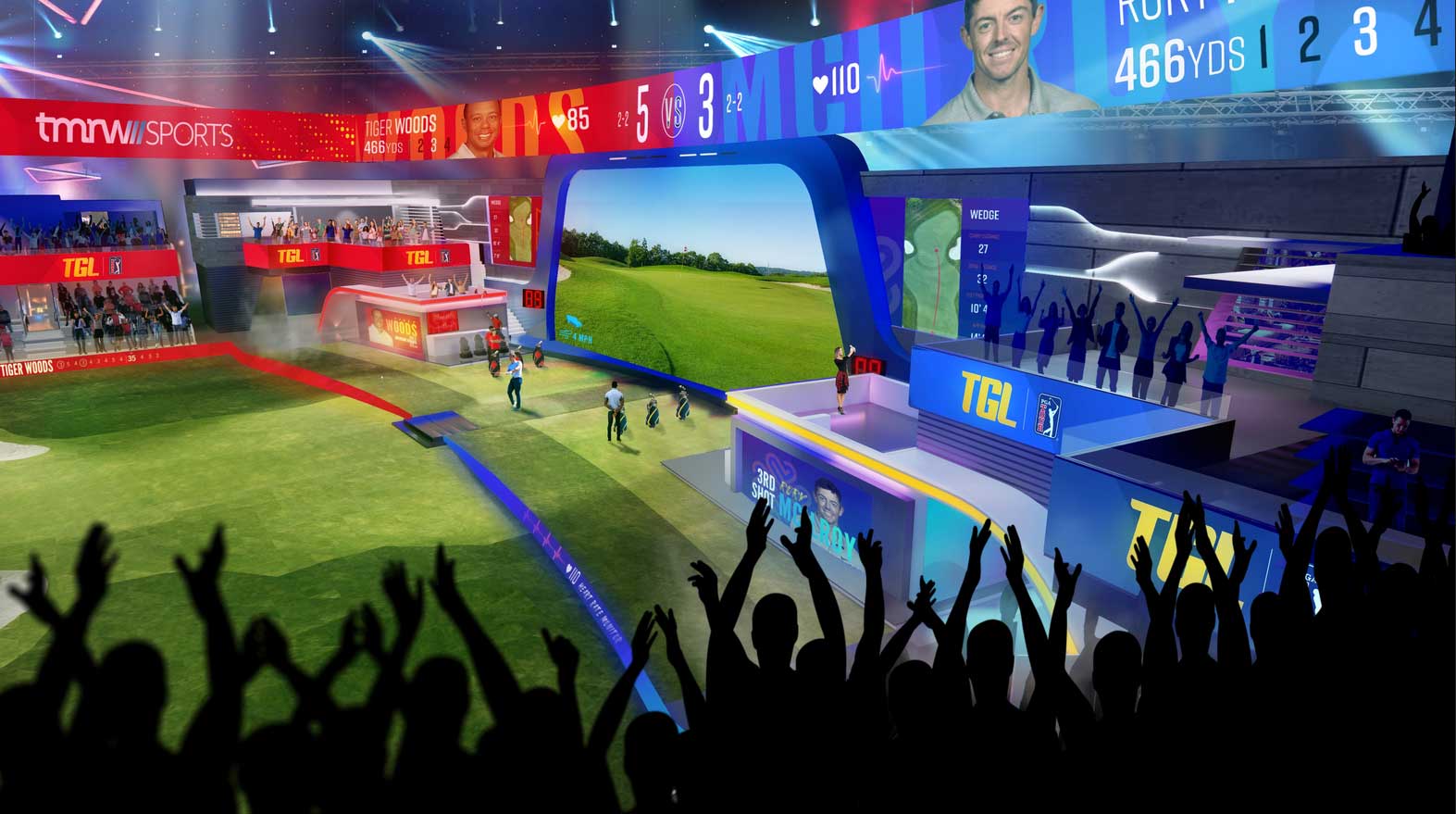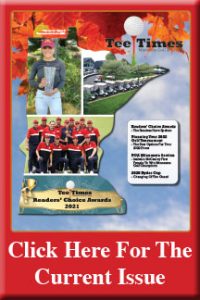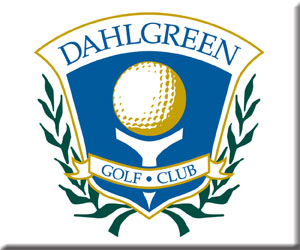Is TGL Really The Future Of Golf?
By JP McNaney
It is no secret that men’s professional golf is in trouble.
Obviously, the split between LIV and the PGA TOUR not only split allegiances but television viewers as well. Given that ratings were on the way down before the split, dividing a small pie into even smaller pieces creates a difficult sell to advertisers and sponsors.
For years the PGA TOUR relied on the power of Tiger Wood’s presence to draw in fans. As his years and injuries piled up, young superstars, who idolized Woods growing up, like Rory, Justin Thomas, John Rahm, Brooks Koepka and Jordan Spieth were taking the stage and winning majors.
Then came LIV. Koepka and Rahm, among others, split. Thomas and Spieth fell into dry spells and Rory just couldn’t get it done on Sunday in a major. The product the PGA TOUR was selling was not even close to the value sponsors signed up for.
Even though the game surged in popularity at the green-grass level after COVID, viewership was still decreasing weekly.
So, what was the PGA TOUR’s response to all of that? They partnered with TMRW Sports, (a company founded by Tiger Woods, Rory McIlroy and sports executive Mike McCarley) and promoted their new indoor simulator league TGL.
The TGL is a team format with weekly two team match play events. The “simulator” is hardly your neighborhood dark room with 4 hitting bays and a bar. It is an actual arena with the world’s largest screen. Players hit from real grass and out of real sand and when their shots are on the green or green side, they play them on a massive multi-tiered mechanical green that not only changes slopes but rotates for new holes.
Rory and Tiger each have teams, as does Shane Lowry, Justin Thomas, Colin Morikawa and other young up and coming stars. Mixed in are some very familiar names like Justin Rose, Billy Horschel, Adam Scott and Rickey Fowler.
Once TMWR Sports secured these players, the PGA TOUR signed on.
Once the PGA TOUR signed on, So-Fi signed on as the tile sponsor and ESPN won the broadcasting rights.
The matches would be played in prime time on Tuesday nights and start as the NFL season was ending for ESPN. Scott Van Pelt would host the pregame studio show and Marty Smith would be the “on course” reported.
The players are mic’d up and Smith was going to get in-game interviews to give viewers insights into what the players are thinking, along with hopefully some good natured smack talk.
On paper, it seemed like this could work.
After all, the National Golf Foundation in recent years released a report noting that for the first time ever, the number of golfers that don’t play on actual golf courses is over 50%. Obviously, the industry wants to get in front this new type of consumer. Since much of this new audience frequent simulator facilities, why not created the most amped up simulator ever?
Opening night came with much fanfare and, for the most part delivered. The viewership was just under a million. The fans were cheering and booing at times. The match featured The New York Golf Club (Fowler, Zander Schauffele and Matt Fitzpatrick) squaring up against the Bay Golf Club (Lowry, Wyndam Clark and Ludvig Aburg). The players were smiling and engaging even though the personalities on display are not normally the most outgoing.
The technology did have a few issues but most of the missed shots were chalked up to players getting used to them.
The worst part of the show was it was a blow out. The match was never really in doubt.
Week two saw Tiger’s team versus Rose’s team. A good old-fashioned Ryder Cup style nail-biter was expected. What ensued was an even bigger rout with Wood’s team getting throttled 12-1. The presence of Woods moved the ratings above 1 million viewers for the first time, but the tech issues kept creeping in. At one point, Woods flew a green by 30 yards with a wedge.
Subsequent weeks saw ratings drop and tech issues becoming comical. On one shot, Tommy Fleetwood flushed an iron from 168 yards. The launch monitors registered the shot traveling 38 YARDS! The official granted Fleetwood a redo but questions about the reliability of the systems in place took center stage.
Grant it, this is a fledgling league using one-of-a-kind technology. There are bound to be issues in the beginning. Personally, I question if this is what the future of golf should look like?
I understand everything is evolving. Adapt or die is a common phrase in business, entertainment, and sport but while other sports have moved to primetime, used technology and courted younger viewers, none have changed their sport as dramatically. Fatigue, weather conditions, bad bounces are all things that add to the challenge of the game and enhance the greatness of its champions.
It seems to me, in this case, rather than reinventing the wheel, put some air in it and fix the real problems…like maybe slow play?








